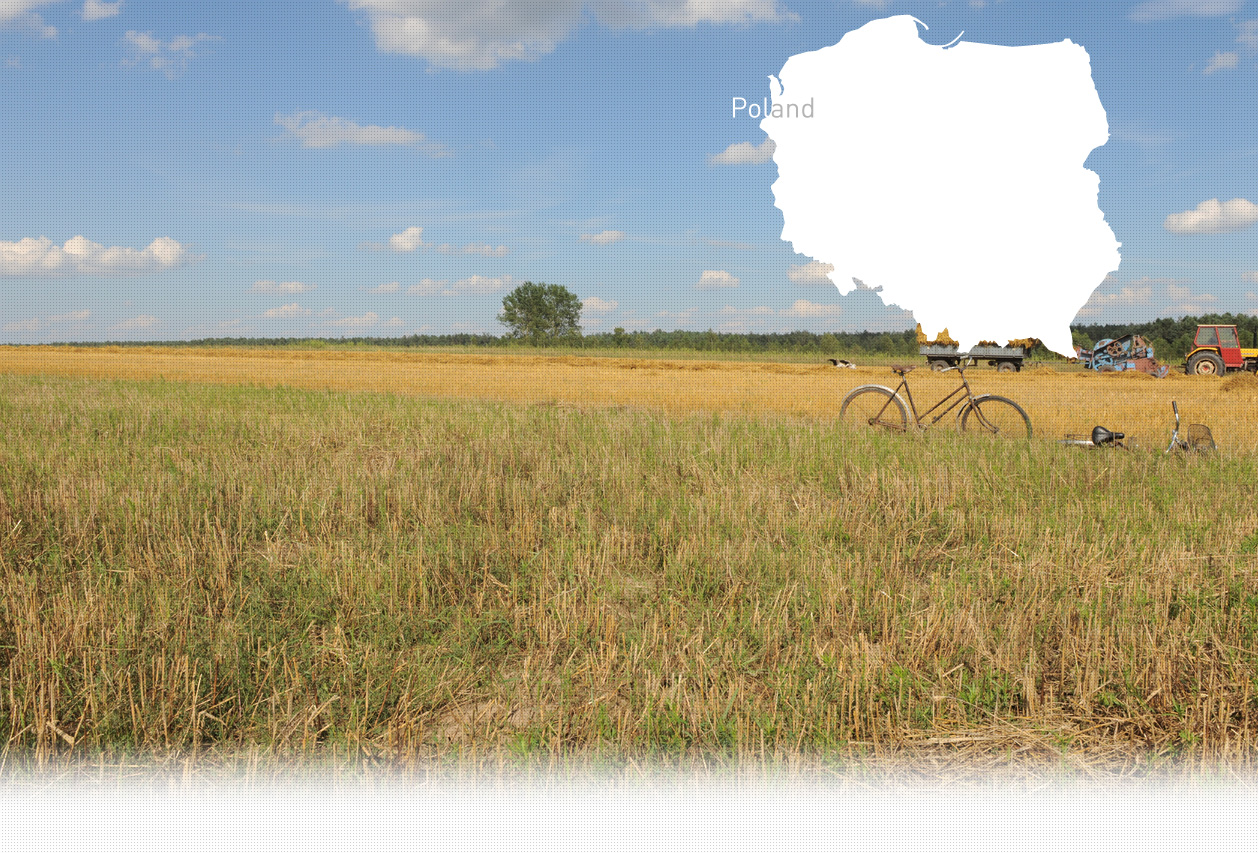


1 Sitio(s) de ejecución
Maria C., born in 1933: "I remember that there were about four Jewish families living in Kluszkowce. The Glesner family ran a store and had two daughters, about sixteen and eighteen years old. There was also a Jewish woman who owned a small shop selling needles and similar items; I often went there with my mother. Another Jewish man in the village owned the inn; he had two daughters and a son. The Germans were stationed very close by, in Czorsztyn, only a kilometer away.
During the occupation, the local Jews were taken from Kluszkowce and transported toward Nowy Targ. During that action, the mother of the Glesner family was shot on the spot. I saw this shooting. One of her daughters managed to escape. I also heard that Jewish women who were married to Polish men were later shot and buried in a grave near the Dunajec River.
Later, in the autumn, I saw columns of Jews passing through our village. They were coming from the direction of Krościenko and were being marched toward Nowy Targ. These were large groups of women, men, and children, all under German escort. I recall seeing a Jewish pregnant woman lose consciousness during the march, but I never learned what happened to her afterward." (Witness N°1398P, interviewed in Czorsztyn, on October 12, 2022)
KLUSZKOWCE, Commune of Czorsztyn
-VII 1942
Gestapo functionaries from Zakopane shot 7 people: Poles and Jews.
The names of two Jewish women have been established:
The names of the remaining 5 victims from Krościenko have not been established.
The corpses were buried near the road leading to Nowy Targ.
[Source: AGK, ASG, sygn. 10, k. 515; AGK, Ankieta GK “Egzekucje” pow. Nowy Targ, woj. Krakowskie]
Kluszkowce is a village in the administrative district of Gmina Czorsztyn, within Nowy Targ County, Lesser Poland Voivodeship, in southern Poland, close to the border with Slovakia.
By analyzing the 1941 Population Register with a focus on Kluszkowce, it is clear that the village was one of the most significant localities in the Czorsztyn Commune in terms of the size of its Jewish community.
In Kluszkowce, 18 adult Jews were recorded, alongside 502 Poles. This number places Kluszkowce, together with Maniowy (19 Jews), among the main centers of the Jewish community within the commune, significantly surpassing Czorsztyn (10 Jews) and Sromowce Wyżne (3 Jews). Witnesses interviewed by Yahad in 2022 recalled several Jewish families from Kluszkowce. The Glesner family was prominent and relatively wealthy, owning both a store and an inn. Their daughter, Linka, attended school with one of the witnesses and even shared a bench with her, underscoring the degree of integration between the communities. Other Jewish families, such as the Rachman family—who had several children—were remembered as being poor.
For religious observance, the Jewish community used the synagogue in Nowy Targ and the cemetery in Krościenko.
The German occupation of the Czorsztyn Commune began with the attack on Poland in September 1939, when the area was seized by Slovak and German troops.
The subsequent period was marked by the introduction of restrictive regulations, including a curfew, as well as intensified repression against the local population—particularly the Jewish community. According to testimonies collected by Yahad from local residents, the Jews of Kluszkowce were taken from the village by the Germans in a truck, likely during the summer of 1942. This event corresponds to the order issued in late July or early August 1942 to concentrate Jews from the surrounding localities in the Nowy Targ ghetto prior to their deportation to the Bełżec killing center. Both witnesses reported that during this deportation Aktion, one person—a Jewish woman from the Glesner family—was murdered on the spot and buried by requisitioned locals on the outskirts of the village.
Witnesses also reported that, following the deportation of the local Jewish population, columns of Jews were marched through Kluszkowce in the direction of Nowy Targ. These were most likely Jews from Krościenko nad Dunajcem. Several were murdered en route to the ghetto. According to Polish archival records, seven people—both Poles and Jews—were killed in July 1942 by Gestapo functionaries from Zakopane. This killing was witnessed by Wiktoria L., born in 1931, who recounted: “As the columns passed through the village, I went up to the attic to observe the Jews being marched under German escort. When the column had almost passed, the Germans separated seven people from the rest and shot them.” According to the same witness, the victims’ bodies were buried in a mass grave near the road leading to Nowy Targ, in the same pit where the Jewish woman from the Glesner family had previously been interred. Archival records identify two of the seven victims as Ida Glesner and Zofia Klauzenstok.
During a research trip to the area, the Yahad team was able to identify the approximate location of the burial site. Today, however, a monument stands on the mass grave, which is enclosed by four metal posts connected by a chain. The grave is marked by a stone slab engraved with a Star of David and a plaque bearing the inscription: "Unknown persons murdered by Nazi fascists. August – 1942."
¿Tiene información adicional con respecto a un pueblo que le gustaría compartir con Yahad?
Por favor contáctenos a contact@yahadinunum.org
o llamando a Yahad – In Unum at +33 (0) 1 53 20 13 17